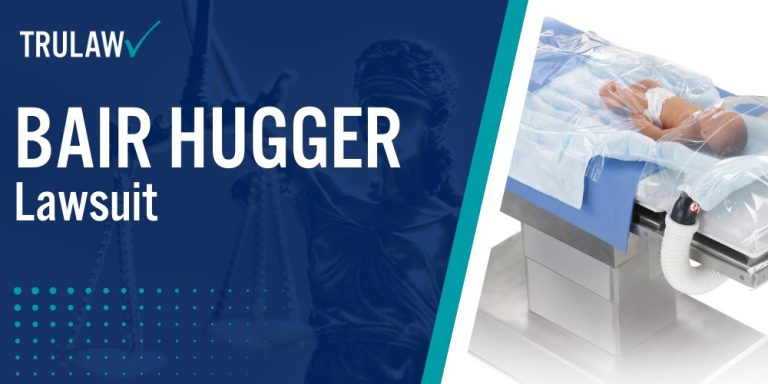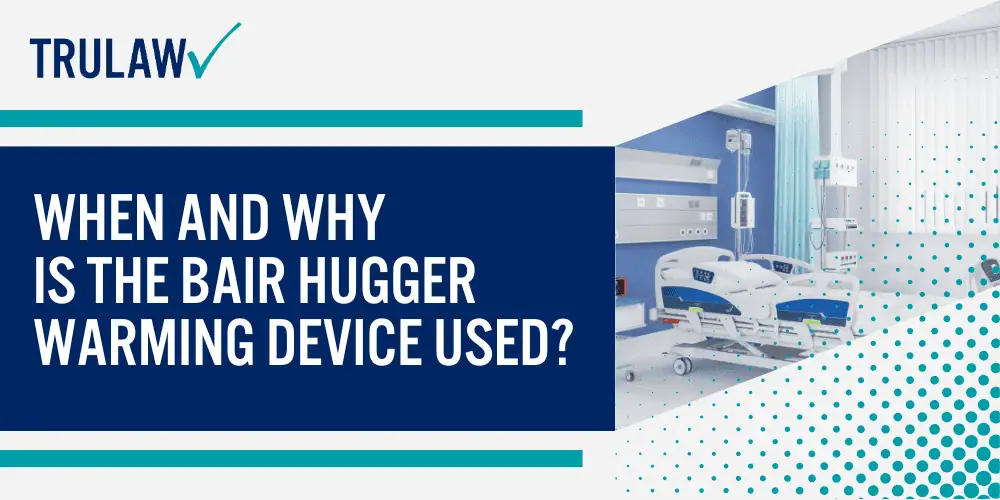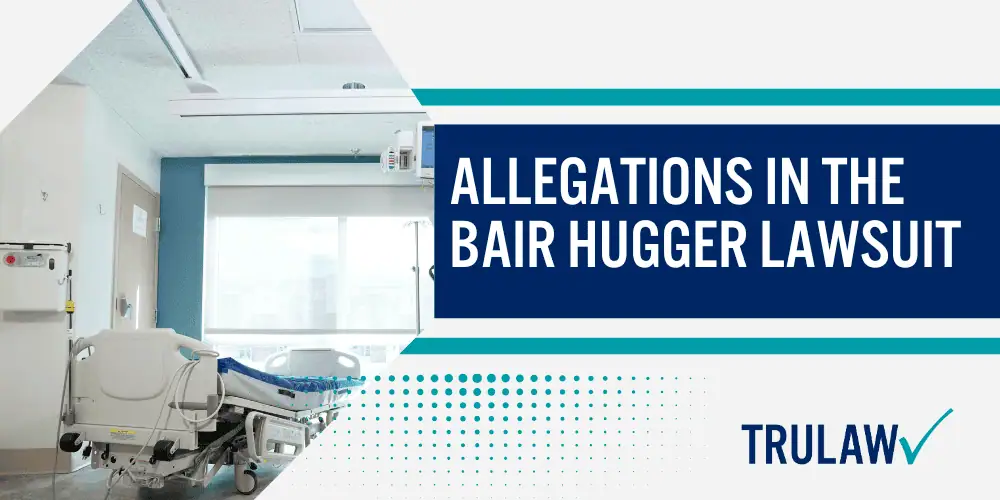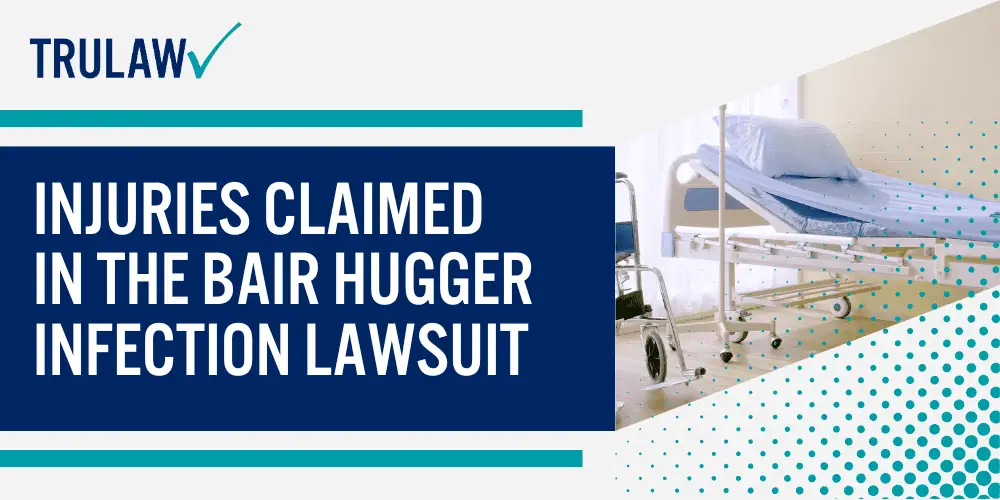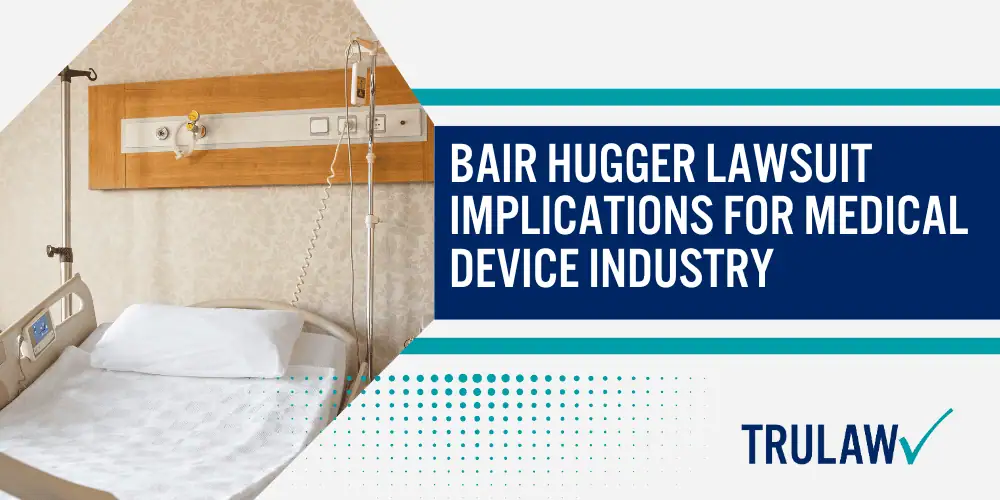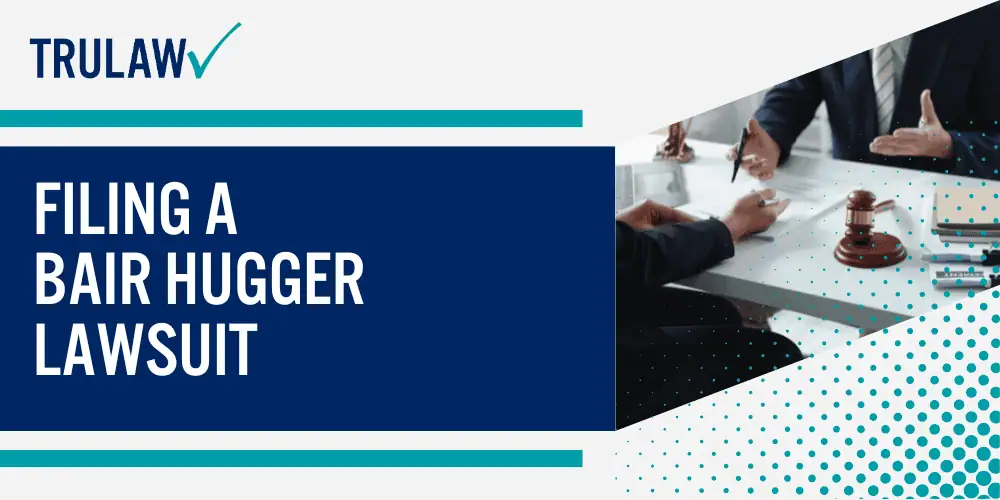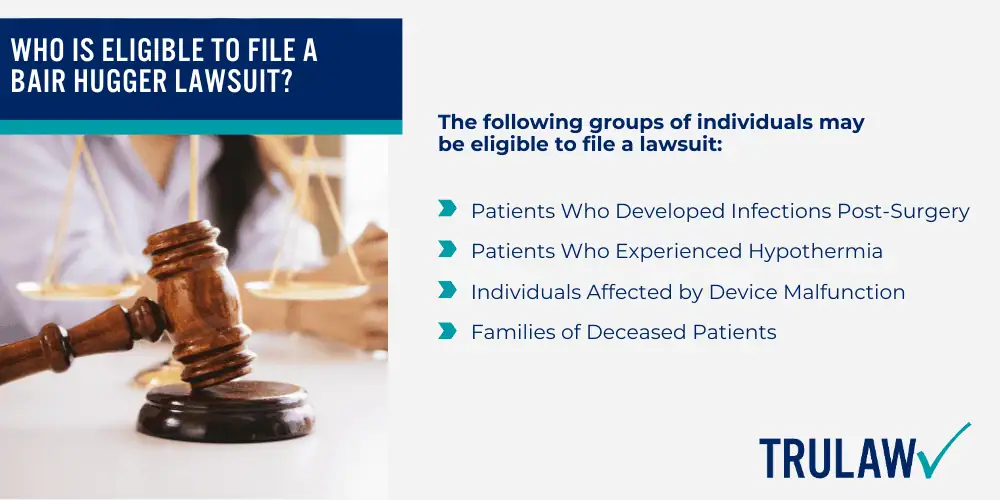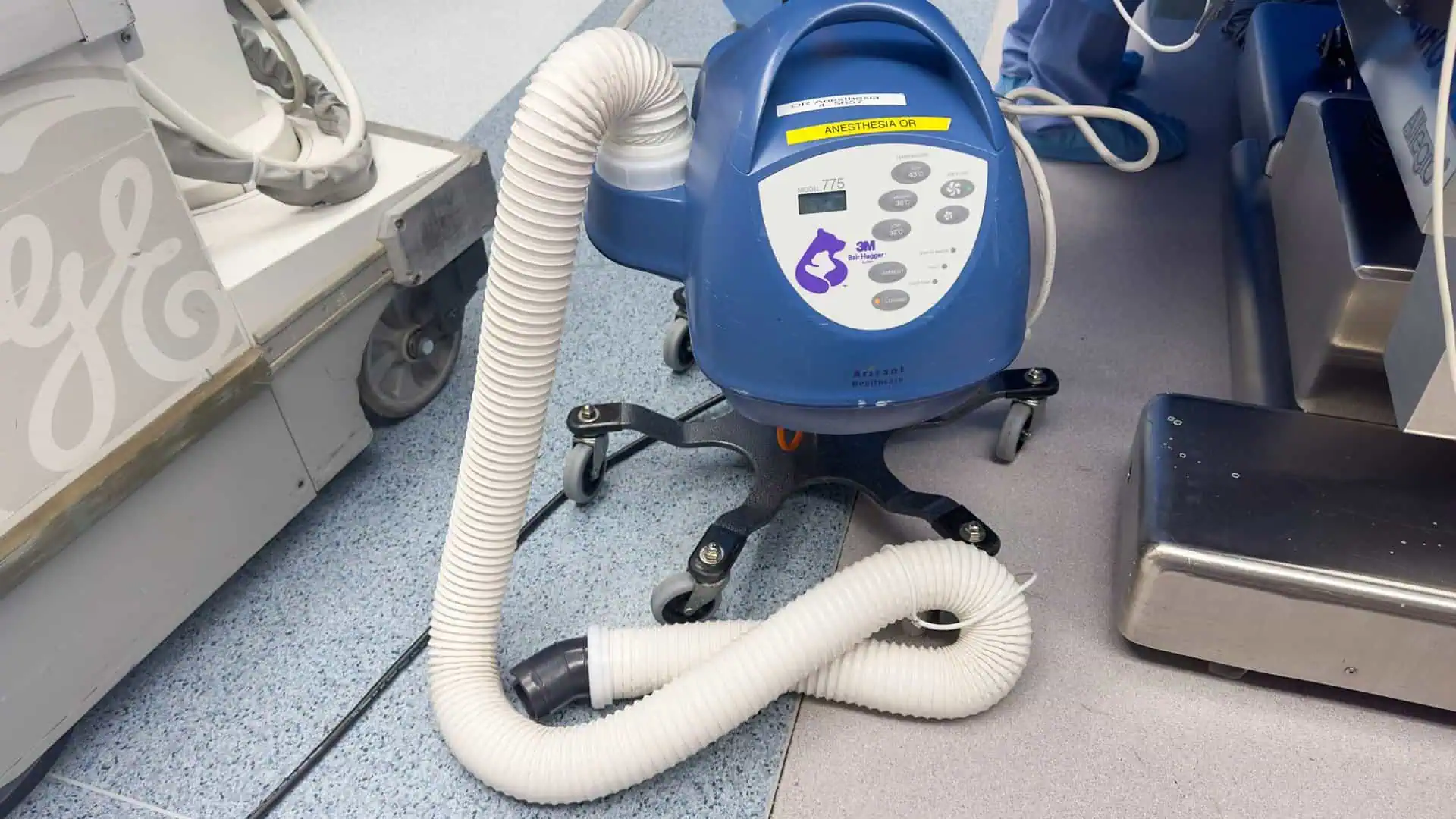The Bair Hugger warming blanket, widely used in surgeries, is at the center of major Bair Hugger lawsuits.
Patients claim this device caused severe infections during their procedures.
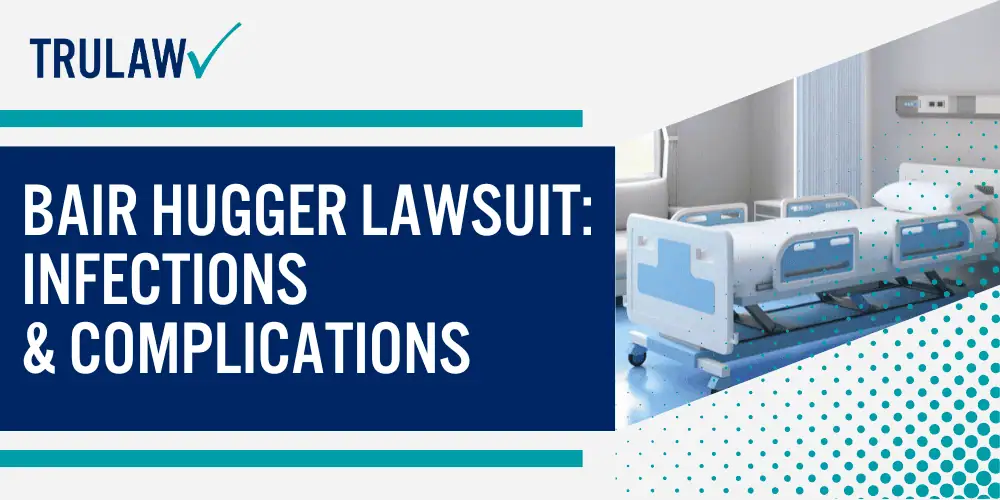
The lawsuit alleges that the Bair Hugger system, intended to maintain body temperature, may introduce harmful bacteria into surgical sites.
How Bair Hugger Blankets May Cause Infections
The Bair Hugger warming system has been associated with potential infection risks primarily due to its method of air circulation during surgery.
The device operates by drawing air from the operating room, warming it, and then releasing it through a disposable blanket placed over the patient.
The concern arises from the possibility that this air, which might carry airborne bacteria, could be directed towards the patient’s surgical site.
This mechanism raises questions about whether the system inadvertently introduces bacteria into open wounds, especially during procedures such as joint replacements.
Several factors contribute to the potential for infection when using Bair Hugger blankets:
- The device draws air from the operating room, which could contain airborne bacteria.
- Warmed air is released near the surgical site, potentially carrying contaminants.
- The air intake location may be near the operating room floor, a generally contaminated area.
These factors suggest that the Bair Hugger system’s design could potentially compromise the sterile environment required during surgery.
For instance, the device’s intake of air from the vicinity of the operating room floor, where contaminants are more likely to be present, may lead to bacteria being introduced into the patient’s surgical site.
This possibility has been supported by publications such as Infection Control and Hospital Epidemiology, which point to the device’s air intake mechanism as a contributor to surgical site contamination.
Bair Hugger Infections Linked to Joint Surgeries
Knee replacement surgery appears to have the highest risk of Bair Hugger-related infections.
These procedures are particularly vulnerable due to the depth of the surgical site and the presence of implants.
Deep joint infections can be extremely difficult to treat and may lead to long-term complications.
Patients undergoing knee, hip, or shoulder replacements should be aware of this potential risk.
The lawsuit claims that many individuals developed serious infections following joint surgeries where the Bair Hugger warming blankets were used.
A deep joint infection often required additional surgeries and extensive antibiotic treatments.
